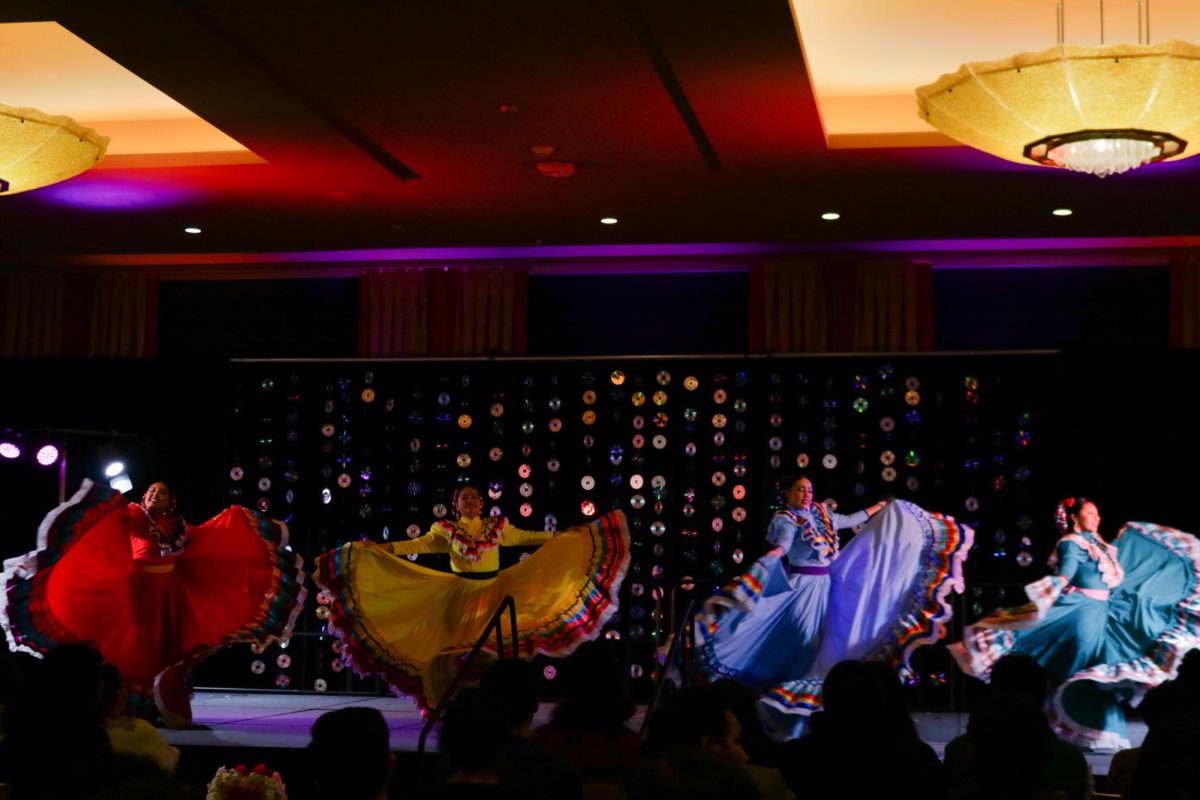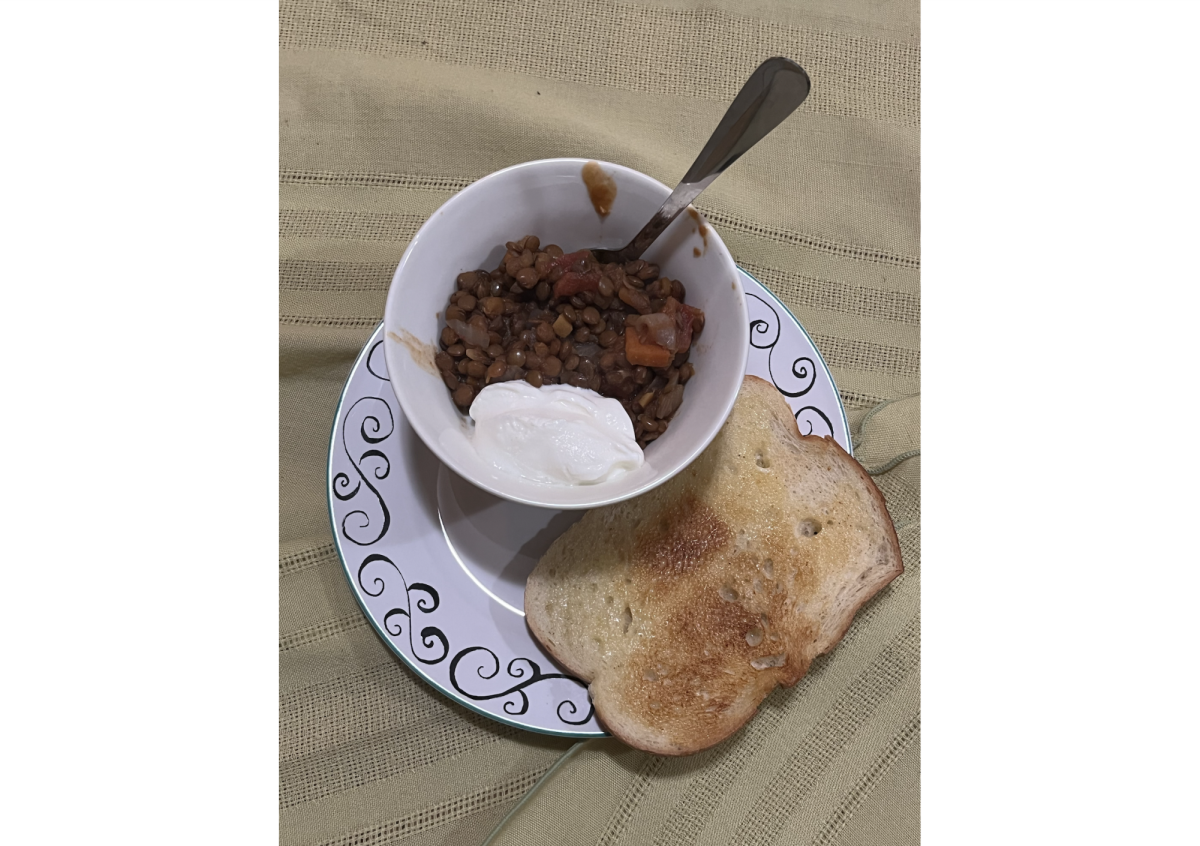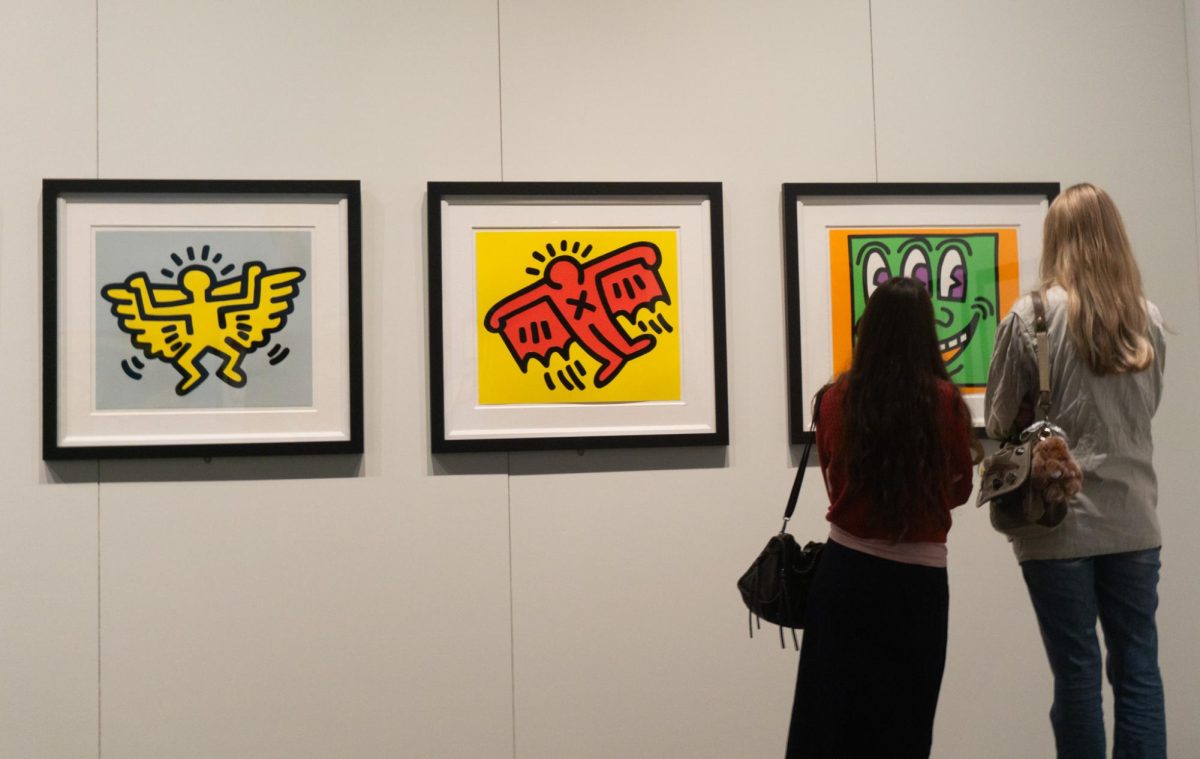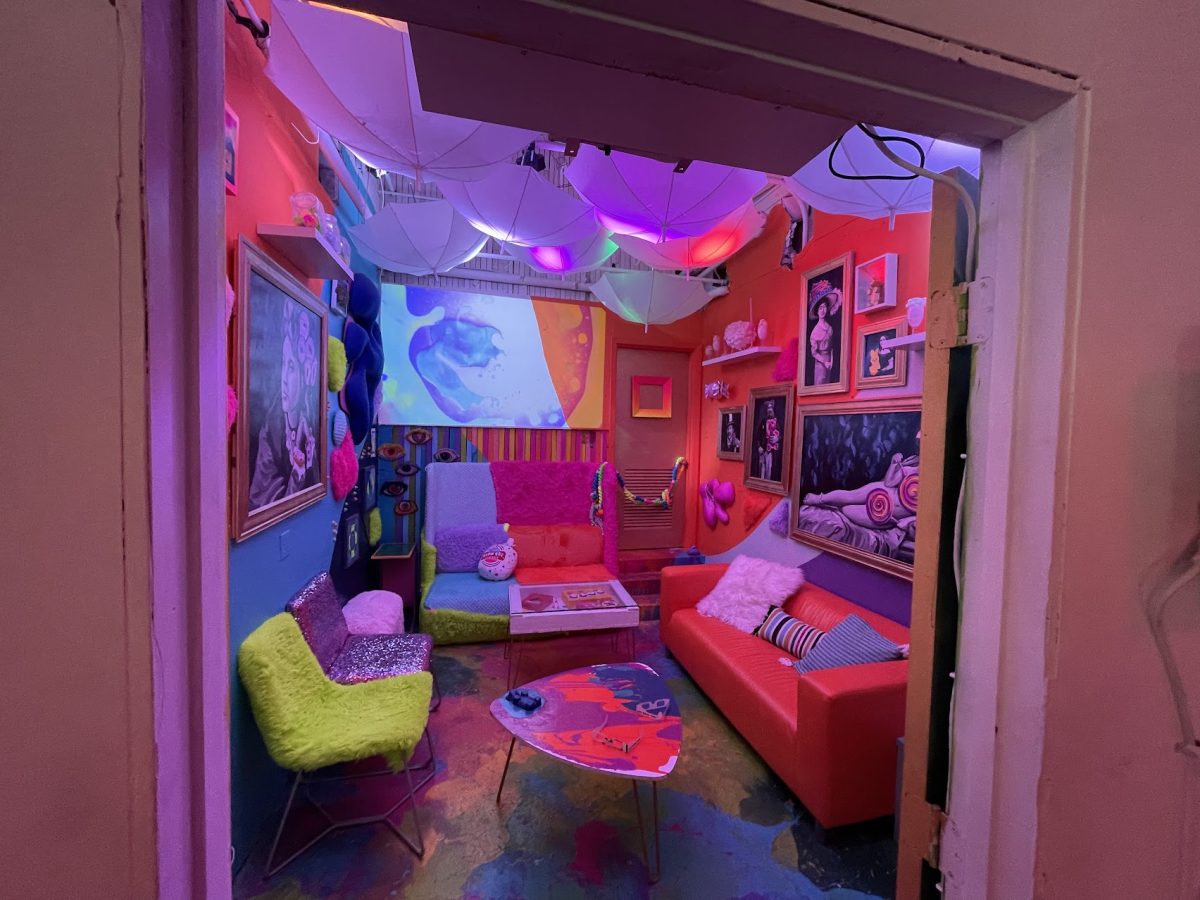Films tell a story. They immerse viewers in a world where untold narratives are told and unheard voices are heard. At this year’s annual Seattle Asian American Film Festival, which was one of the most successful yet, the Asian American voices took to the screen.
Held on Friday, Feb. 19-21, the festival weekend was jam-packed with the largest amount of films it has ever received. According to directors Vanessa Au and Martin Tran, every screening had to be a stand-alone film as a result, with no room for repeated screenings. Seattle University students are often in attendance at the festival and eagerly await its arrival each year.
“The Seattle Asian American Film Festival was one of the reasons I was so excited to come to Seattle for school,” freshman Connie Wong said. “They don’t really have anything like it back home, and it’s super awesome to have the opportunity to share my world with people who identify with this common experience of being Asian American.”
This year’s packed schedule of screenings featured films with a diverse range of subjects. Since there is no way to control what films are made and submitted, hard themes are never established for each individual festival.
“Sometimes themes emerge and sometimes it’s based on something that happened in current events,” Au said.
Last year there were several films on immigration and, according to Au, the SAAFF usually receives submissions focused on Japanese internment. This year, it seemed there was a slight focus on the role of women in film.
The SAAFF kicked off with a showing of the “Curse of Quon Gwon: When the Far East Mingles with the West,” the oldest known Chinese American movie. Filmed by female director Marian E. Wong, the 36-minute drama is one of the few American silent feature films in existence. The film’s main premise focuses on the curse of a Chinese god and the prevalence of western culture among his people.
The festival then ended with a list of female directors. Its final feature, titled “Advantageous,” directed by Jennifer Phang, was a compelling sci-fi film that won the Sundance 2015 Jury Prize. Set in the near-future, lavish wealth and fortune obscures economic hardship and the audience gets a peek into the lives of Gwen and her daughter Jules as they try to navigate a cruel and changing world.
Many of the films highlight the poignant experiences and struggles faced by the Asian American community. Films like the short documentary “Chanthadeth,” directed by Chanthadeth Chanthalangsy and Joseph Films, explore themes of bicultural identity, while others like the short drama “Creased,” probe the deeper boundaries of mainstream beauty standards.
Unlike the Seattle South Asian Film Festival or the Seattle International Film Festival, the SAAFF does not import films or show major studio films. Rather, the spotlight is on independent artists who emphasize the Asian American experience and who create the film with what money they can.
According to Au, the festival tends to be smaller and deliberately so, because filmmakers prefer coming to the event and truly connecting with their viewers.
“If you go to other film festivals across the country, a lot of them have different vibes,” Tran said. “Ours is community based. We’re all about getting the films out and the message across. We want to give artists the space to take over their own narratives.”
From 2003-2007, the SAAFF was called the Northwest Asian American Film Festival. With the help of former director, Wes Kim and Kevin Bang, Au revived the NAAFF under a new name in 2013 and the SAAFF was born.
“It just felt like a more accurate description of what we are,” Au said. “We are centered in Seattle we don’t move around in the Northwest.”
In line with its longstanding tradition, volunteers are in charge of running the festival. Donations and volunteers are always welcome. Special discounts are also given to students and seniors with ID at each festival.
Sponsorships are also critical to the smooth operation of the festival Major organizations like the Japanese American Citizens League sponsor the event and the festival relies on those partners to promote the films. In turn, these organizations go on stage before the screening so the audience can learn more about them.
“We’re really keen on not just showing the films but bringing together the different Asian American communities in the area,” Au said.
With its parties, passion and perseverance, the SAAFF continues to cultivate this community in the spirit of its wondrous, unique culture.
Vikki may be reached at vavancena@su-spectator.com







